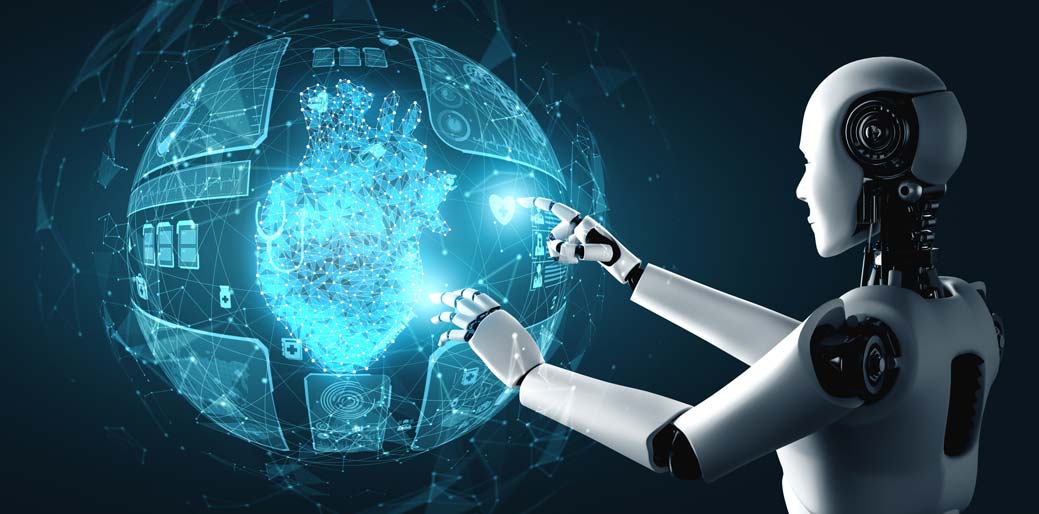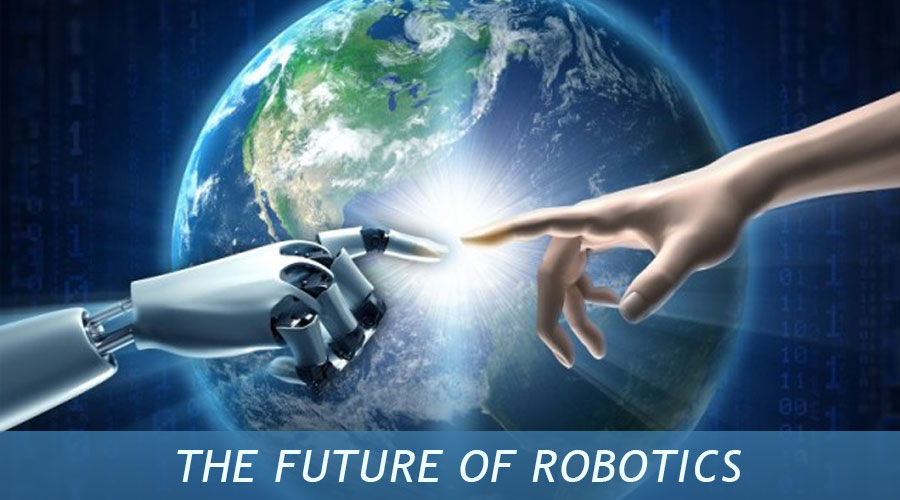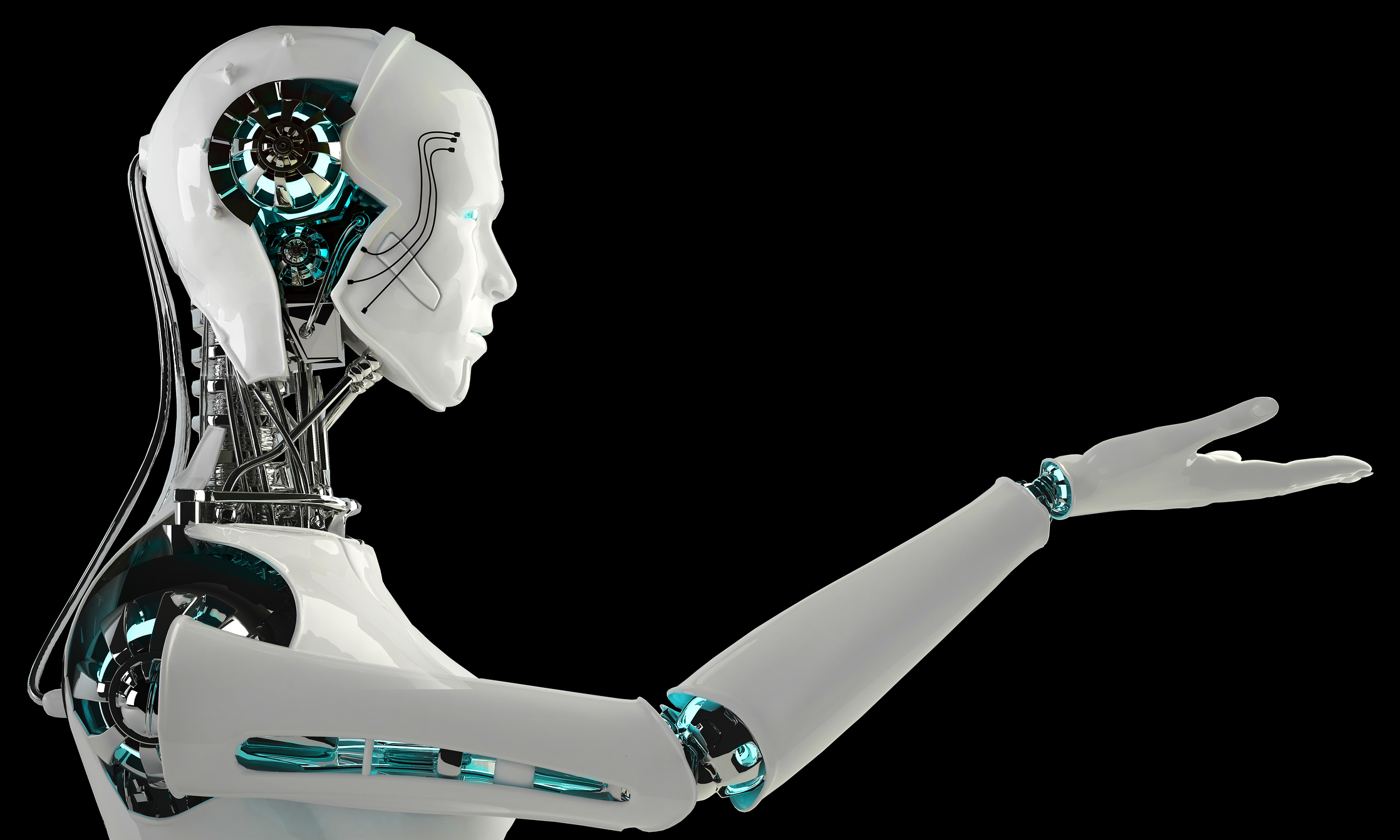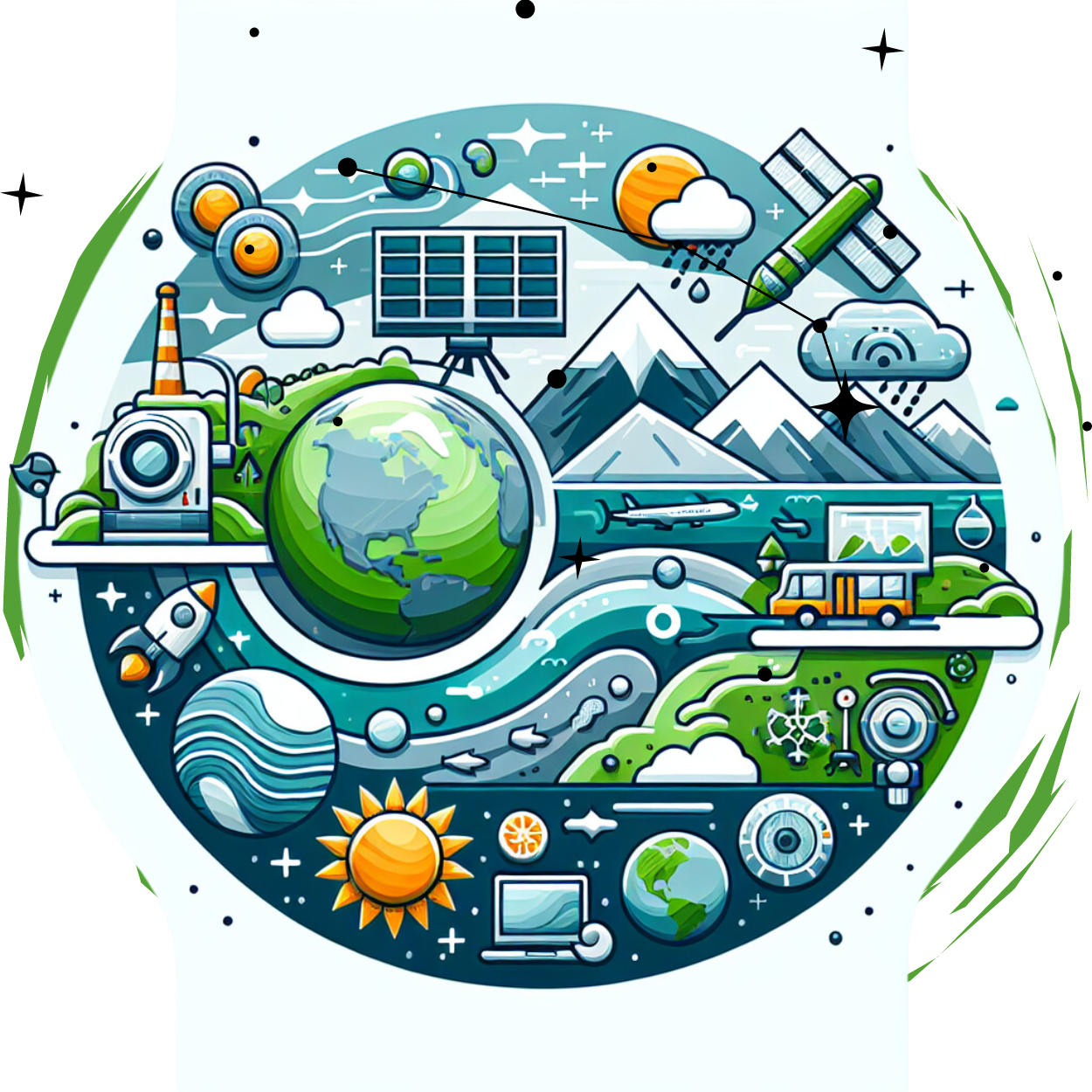
In an era where technology is evolving at an unprecedented pace, robotics and automation stand at the forefront of this revolution. As we look to the future, it becomes increasingly clear that innovations in these fields will profoundly impact our daily lives, transforming industries, enhancing convenience, and reshaping the very fabric of our society. This article explores the latest advancements in robotics and automation, their potential impacts on various aspects of everyday life, and the future trends to watch for.
1. The Evolution of Robotics and Automation
Robotics and automation have come a long way from their origins. Initially limited to industrial applications, they now span various sectors, including healthcare, agriculture, and home automation. The evolution of these technologies can be traced through several key phases:
- Early Automation: The first wave of automation focused on repetitive tasks in manufacturing. Simple machines and conveyor belts paved the way for increased production efficiency.
- Advanced Robotics: With advancements in artificial intelligence (AI) and machine learning, robots have become more sophisticated, capable of performing complex tasks and interacting with humans more naturally.
- Home Robotics: Recent years have seen the rise of domestic robots, such as vacuum cleaners and lawn mowers, designed to make everyday tasks easier and more efficient.
2. Innovations Shaping the Future
The future of robotics and automation is characterized by several groundbreaking innovations:
- AI Integration: Artificial intelligence is enhancing robots’ ability to learn and adapt. AI-driven robots can now perform tasks with greater precision and autonomy, from surgical procedures to complex assembly tasks.
- Collaborative Robots (Cobots): Unlike traditional robots that operate independently, cobots are designed to work alongside humans. These robots enhance productivity and safety by assisting with repetitive or hazardous tasks.
- Soft Robotics: This emerging field focuses on creating robots with flexible, soft materials that mimic biological organisms. Soft robots are ideal for delicate tasks in healthcare, agriculture, and search and rescue operations.
- Autonomous Vehicles: Self-driving cars, drones, and delivery robots are transforming transportation and logistics. These vehicles use a combination of sensors, AI, and automation to navigate and perform tasks independently.
3. Impacts on Everyday Life
The integration of robotics and automation into daily life has far-reaching implications:
- Home Automation: Smart home devices, such as voice assistants, smart thermostats, and robotic cleaners, are making homes more convenient and energy-efficient. These technologies allow for remote control and automation of various household tasks.
- Healthcare: Robotics and automation are revolutionizing healthcare by improving diagnostic accuracy, enhancing surgical precision, and providing personalized care. For instance, robotic surgery systems enable minimally invasive procedures with faster recovery times.
- Workplace Efficiency: Automation is reshaping the workplace by increasing efficiency and productivity. Robots handle repetitive tasks, allowing human workers to focus on more complex and creative tasks. This shift is driving innovation across various industries.
- Agriculture: Agricultural robotics are transforming farming practices by automating planting, harvesting, and monitoring crops. These technologies improve efficiency, reduce labor costs, and enhance crop yields.
- Education: Robotics and automation are also making their mark in education. Educational robots and coding platforms are helping students learn programming, problem-solving, and critical thinking skills in a hands-on, engaging manner.
4. Ethical and Social Considerations
As robotics and automation continue to advance, several ethical and social considerations arise:
- Job Displacement: The automation of certain tasks can lead to job displacement, particularly in industries heavily reliant on manual labor. It is essential to address these challenges through retraining programs and policies that support workforce transition.
- Privacy and Security: The proliferation of connected devices raises concerns about data privacy and security. Ensuring robust cybersecurity measures and safeguarding personal information is crucial as more aspects of daily life become automated.
- Ethical Use of AI: The ethical implications of AI-driven robots, such as decision-making in autonomous vehicles or medical robots, need careful consideration. Developing ethical guidelines and transparent algorithms is essential to address these concerns.
5. Future Trends to Watch
As we look ahead, several trends are likely to shape the future of robotics and automation:
- Increased Personalization: Future robots will become more personalized, adapting to individual preferences and needs. This will enhance user experience and make technology more intuitive and accessible.
- Enhanced Human-Robot Interaction: Advances in natural language processing and emotion recognition will enable more natural and effective interactions between humans and robots, making them more integrated into everyday life.
- Sustainable Robotics: There is a growing focus on developing eco-friendly robots and automation systems that minimize environmental impact. This includes using sustainable materials and energy-efficient designs.
- Cross-Disciplinary Innovations: The convergence of robotics with other emerging technologies, such as blockchain and biotechnology, will lead to new applications and opportunities, further expanding the scope of automation.
Conclusion
The future of robotics and automation promises to bring significant changes to our daily lives, offering enhanced convenience, efficiency, and opportunities for innovation. As these technologies continue to evolve, they will reshape industries, improve quality of life, and address some of society’s most pressing challenges. Embracing these advancements while addressing ethical and social considerations will be crucial in harnessing their full potential for the benefit of all.

